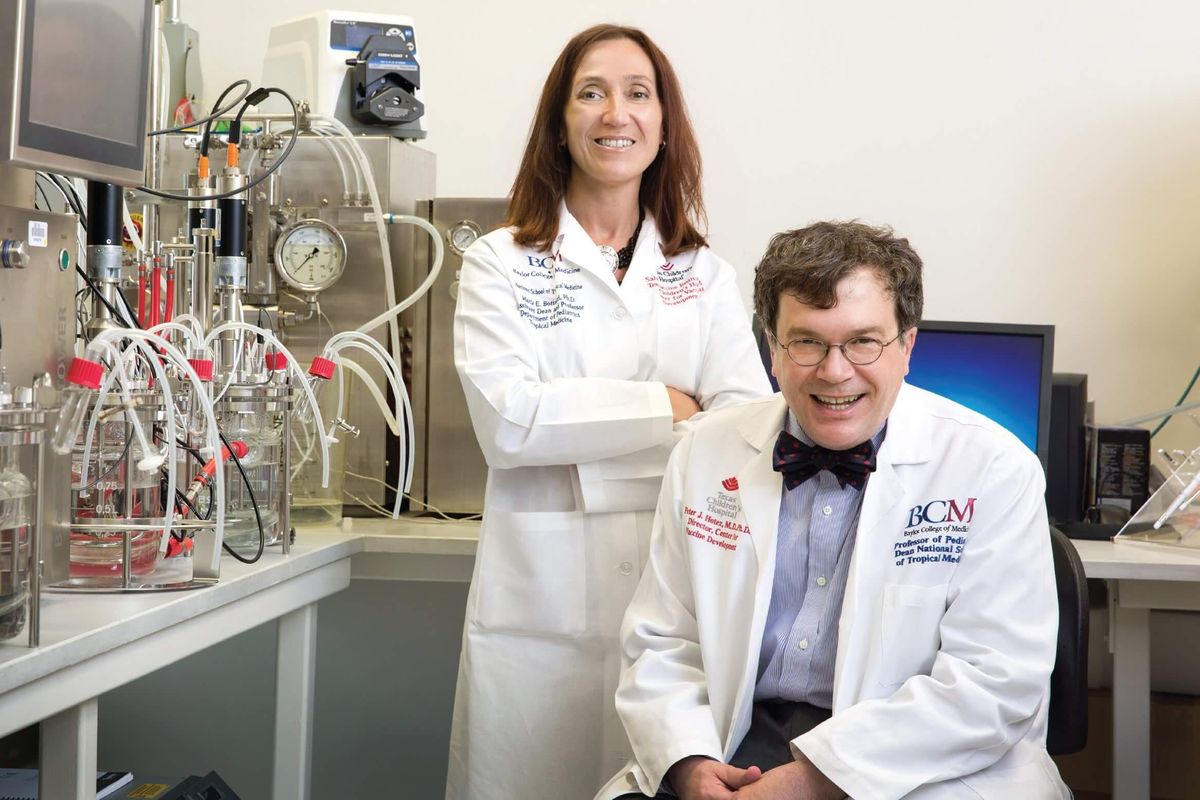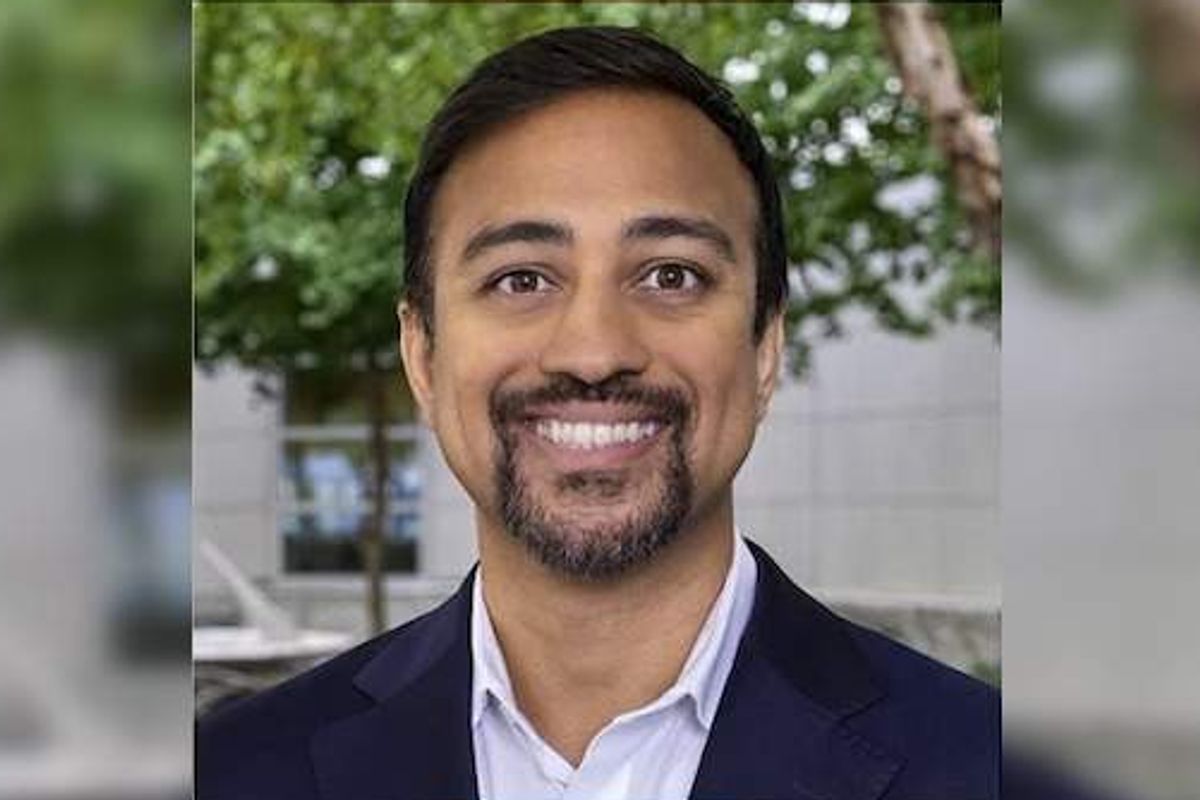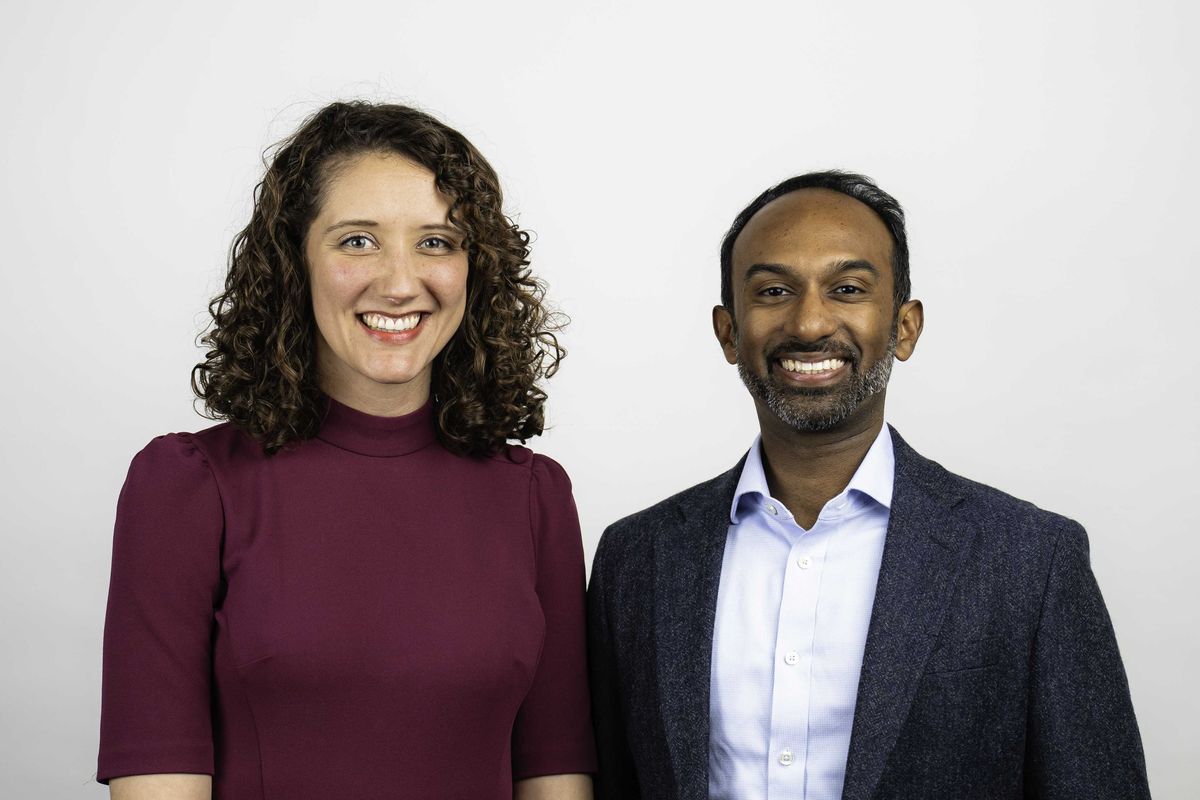University of Houston team places in prestigious DOE collegiate challenge
seeing green
A team of students from the University of Houston have placed in the top three teams for a national competition for the Department of Energy.
The inaugural American-Made Carbon Management Collegiate Competition, hosted by the U.S. Department of Energy's Office of Fossil Energy and Carbon Management, or FECM, tasked the student teams with "proposing regional carbon networks capable of transporting at least one million metric tons of carbon dioxide per year from industrial sources," according to a news release from DOE.
“With this competition, DOE hopes to inspire the next generation of carbon management professionals to develop carbon dioxide transport infrastructure that will help drive technological innovation and emissions reductions, new regional economic development, and high-wage employment for communities across the United States,” Brad Crabtree, assistant secretary of fossil energy and carbon management at DOE, says in the release.
GreenHouston, the University of Houston team mentored by Assistant Professor Jian Shi from the UH Cullen College of Engineering, took third place in the competition, securing a $5,000 cash prize. Sequestration Squad of University of Michigan secured first place and $12,000 and Biggest Little Lithium of the University of Nevada won second and a $8,000 prize.
The UH team's proposal was for an optimized carbon dioxide transportation pipeline for the Houston area. The presentation included cost analysis, revenue potential, safety considerations, weather hazards, and social impact on neighboring communities, according to a release from UH.
“We chose the greater Houston metropolitan area as our target transition area because it is a global hub of the hydrocarbon energy industry,” says Fatemeh Kalantari, team leader, in the release.
“Our team was committed to delivering an optimized and cost-effective carbon dioxide transfer plan in the Houston area, with a focus on safety, environmental justice, and social engagement,” she continues. “Our goal is to ensure the health and safety of the diverse population residing in Houston by mitigating the harmful effects of carbon dioxide emissions from refineries and industries in the area, thus avoiding environmental toxicity.”
With the third place win, GreenHouston will get to present their proposal at DOE’s annual Carbon Management Research Project Review Meeting slated for August.
"We are thrilled to see the exceptional work and dedication displayed by the GreenHouston team in this competition," said Ramanan Krishnamoorti, vice president of energy and innovation at UH. "The team’s innovative proposal exemplifies UH’s commitment to addressing the pressing global issue of carbon management and advancing sustainable practices. We wish the students continued success."
The team included four Cullen College of Engineering doctoral students from the Department of Electrical and Computer Engineering – Kalantari, Massiagbe Diabate, Steven Chen, and Simon Peter Nsah Abongmbo – and one student, Bethel O. Mbakaogu, pursuing his master’s degree in supply chain and logistics technology.
The prize money will go toward funding additional research, refining existing technologies, addressing remaining challenges and raising awareness of CCUS and its project, according to the release, as the team feels a responsibility to continue to work on the GreenHouston project.
“The energy landscape by 2050 will be characterized by reduced greenhouse gas emissions, cleaner air quality, and a more sustainable environment,” Kalantari says. “The transition to green energy will not only mitigate the harmful effects of carbon dioxide on climate change but also create new jobs, promote economic growth, and enhance energy security. This is important, and we want to be part of it.”


















